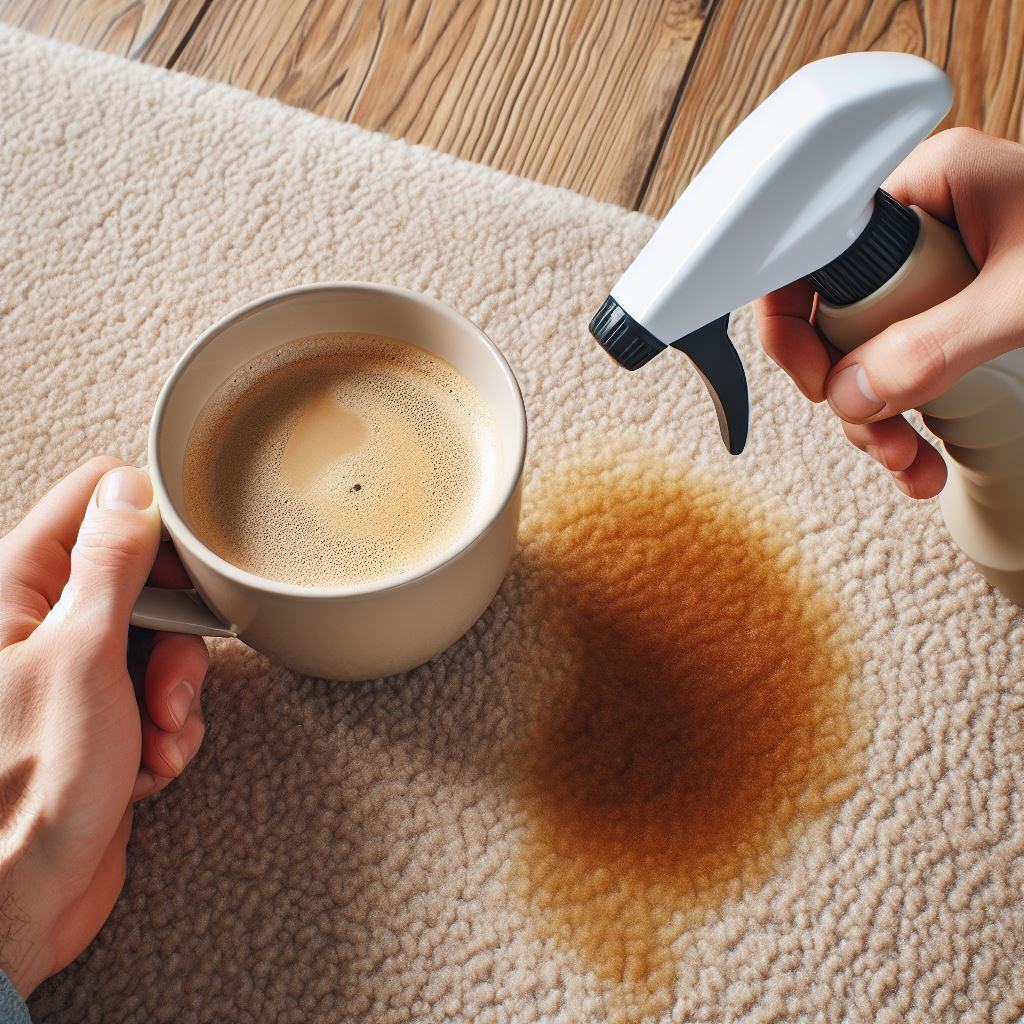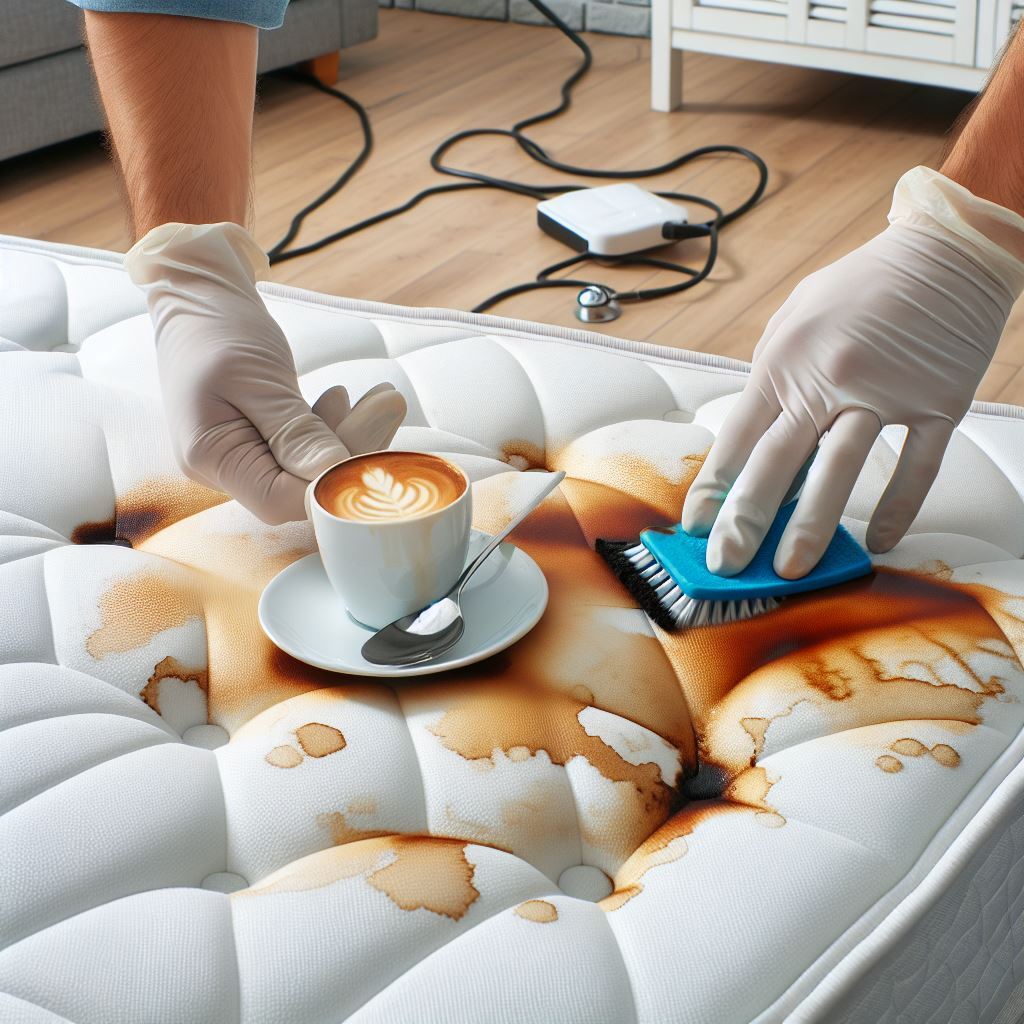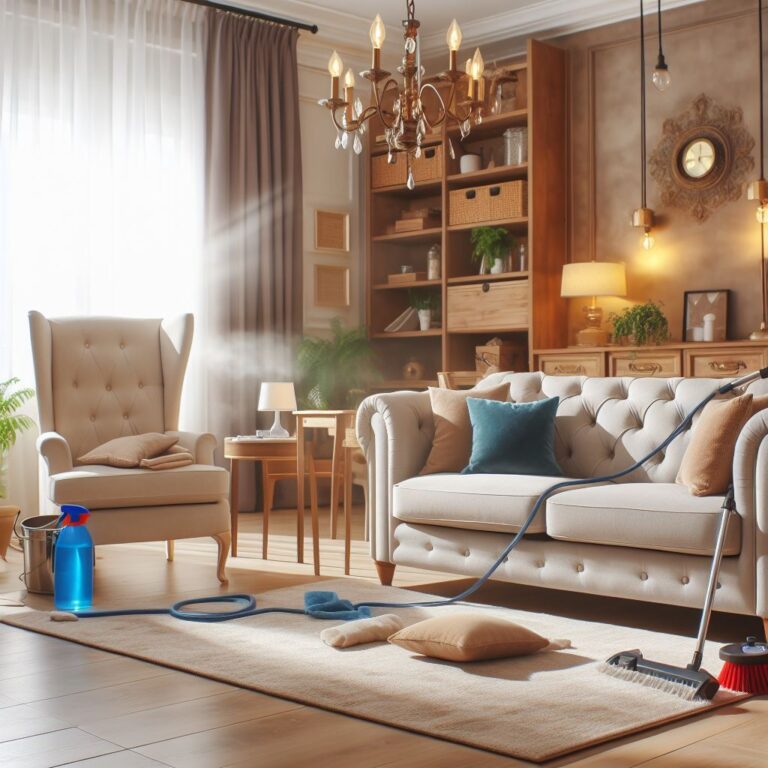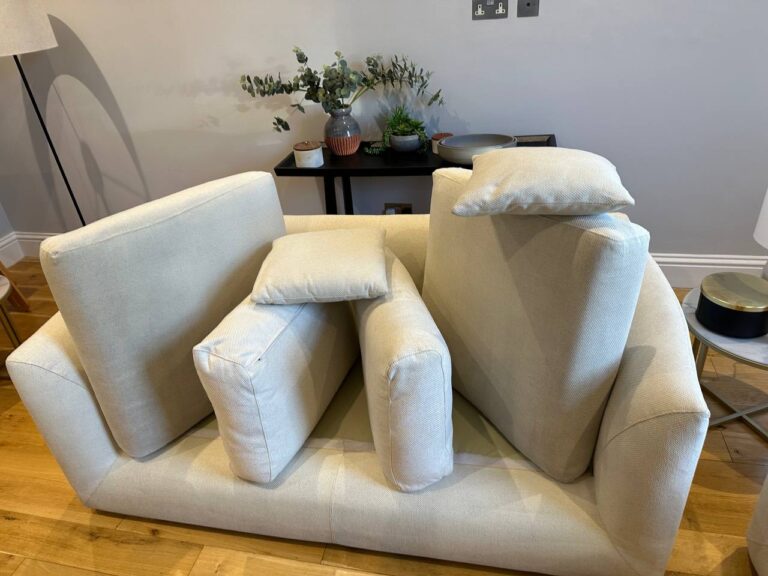Picture this: you’re enjoying a piping cup of coffee when disaster strikes – it spills, leaving a nasty stain on your beloved carpet or rug. Don’t panic! With the right knowledge and techniques, you can reclaim your home from coffee stain chaos.
Understanding the Coffee Stains
Coffee, that seemingly innocent beverage, harbors a trio of staining agents – tannins, proteins, and oils. These culprits mingle with fabrics, forming stubborn stains that resist removal.
Preventing Stain Set and Spread
Speed matters! Act swiftly to prevent the stain from solidifying and spreading.
Resist the urge to rub, as it just smears the stain. Instead, blot gently with a clean cloth to absorb excess liquid.

Coffee Stain removal journey: Recover your home from the coffee stain harm!
Understanding The Composition of Coffee Stains
Coffee, a beloved beverage that fuels our mornings and accompanies our afternoons, often leaves behind an unwelcome reminder – the coffee stain. While its presence may seem insignificant, these stains can be stubborn and resistant to removal. To remove coffee stains, it’s essential to understand the science behind their formation.
At the heart of coffee’s staining prowess lies a trio of culprits: tannins, proteins, and oils. Tannins, the bitter components that give coffee its characteristic flavor, are known for their ability to bind to fabrics, forming stubborn stains. Proteins, the building blocks of coffee, also contribute to staining by darkening the affected area. And lastly, the oils present in coffee, primarily fatty acids, further complicate stain removal by repelling water and hindering the penetration of cleaning agents.
The combination of these staining components creates a formidable foe, making coffee stains a common household challenge. However, armed with knowledge and effective techniques, you can effectively combat these stubborn marks and restore your carpets, rugs, mattresses, and upholstery to their pristine glory.
Prevent Coffee Stain Spread
The first step in coffee stain removal is to act swiftly. The longer coffee sits on a fabric, the more time the staining compounds have to penetrate the fibers, making the stain more difficult to remove.
The key to effective pre-treatment is to blot, not rub. Rubbing will only spread the stain and make it worse. Instead, use a clean, absorbent cloth to gently blot the affected area to absorb as much of the liquid as possible. Avoid using paper towels, as they can leave behind fibers that can adhere to the stain and make it harder to remove.
If the stain is still visible after blotting, you can apply a pre-treatment solution to the affected area. There are a variety of pre-treatment solutions available on the market, or you can make your own using baking soda and water or white vinegar and water.
Coffee Stain Removal Solutions
The collection of stain removal solutions for coffee stains includes both natural and commercial options. Each method has its own merits, and the best choice for you will depend on the type of stain and the fabric involved.
Baking Soda:
Baking soda is a versatile and effective stain remover that works due to its alkaline nature. It neutralizes the acidic tannins in coffee, preventing them from further staining the fabric. To use baking soda, make a paste by mixing baking soda with water and apply it to the stain. Let it sit for 15-30 minutes, then blot the area with a clean, damp cloth.
White Vinegar:
White vinegar is another effective stain remover that works by breaking down the proteins in coffee. It is also a natural deodorizer, which can help to eliminate any lingering coffee smell from the fabric. To use white vinegar, mix equal parts vinegar and water and apply it to the stain. Let it sit for 15-30 minutes, then blot the area with a clean, damp cloth.
Hydrogen Peroxide:
Hydrogen peroxide is a bleaching agent that can be effective in removing coffee stains, especially old stains. However, it is important to test hydrogen peroxide on an inconspicuous area of the fabric first, as it can bleach light-colored fabrics. To use hydrogen peroxide, dilute it with water to a 1:1 ratio and apply it to the stain. Let it sit for 5-10 minutes, then blot the area with a clean, damp cloth.
Enzymatic Cleaners:
Enzymatic cleaners are a type of specialized stain remover that breaks down organic substances like proteins and oils, making them effective in removing coffee stains. They are typically available in liquid or powder form. To use an enzymatic cleaner, follow the instructions on the product label.
Removing Coffee Stains from Your Carpet
Eliminating Coffee stains from carpets requires a gentle yet effective approach. The first step is to blot up as much of the liquid as possible using a clean, absorbent cloth. Avoid rubbing the stain, as this can spread it and make it more difficult to remove.
looking for a highly recommended in London ? Call a professional for best stain removal services in London
We are highly recommended on Google Business Profile
Serving: London & Surrounding Areas
⭐️⭐️⭐️⭐️⭐️
240+ 5 Star Google Reviews
Once the excess liquid has been absorbed, you can apply a pre-treatment solution to the affected area. Baking soda, white vinegar, or hydrogen peroxide are all effective options. Let the pre-treatment solution sit for 15-30 minutes, then blot the area again with a clean, damp cloth.
Finally, vacuum the carpet thoroughly to remove any remaining residue. If the stain persists, you may need to repeat the process.

Maintaining Your Bedding and Mattress
Coffee spills on mattresses can be particularly troublesome due to the delicate nature of the fabric. To tackle these stains effectively, follow these steps:
Blot, Don’t Rub:
As with carpets, the key to success is gentle handling. Blot the affected area with a clean, absorbent cloth to soak up as much liquid as possible. Avoid rubbing, as this can push the stain deeper into the mattress.
Apply Pre-Treatment:
Once the excess liquid has been absorbed, prepare a pre-treatment solution. Mix dish soap with hydrogen peroxide and water to form a gentle cleaning solution. Apply the solution to the stain and let it sit for 15-30 minutes.
Work the Solution:
After the pretreatment has had time to work, use a soft-bristled brush to gently work the solution into the stain. This will help to break down the stain and lift it from the mattress fibers.
Blot and Dry:
Blot the area again with a clean, absorbent cloth to remove any remaining residue. Ensure the mattress is completely dry before using it again.
Preserving Your Furniture and Upholstery
Removing coffee stains from upholstery requires a combination of pre-treatment and gentle cleaning. Here’s the process:
Blot Up Liquid:
Quickly blot up the excess liquid using a clean, absorbent cloth. Avoid rubbing, as this can spread the stain.
Create a Paste:
Mix baking soda with liquid detergent to form a paste. Apply the paste to the stain and let it sit for 15-30 minutes.
Brush Gently:
Using a soft-bristled brush, gently work the paste into the stain. This will help to break down the stain and lift it from the upholstery fibers.
Blot and Rinse:
Blot the area with a clean, absorbent cloth to remove the paste and any remaining stain. Rinse the area with clean water to remove any soap residue.
Dry Thoroughly:
Allow the upholstery to dry completely before using it again.
Minimizing Coffee Stain Risks
While accidents happen, a proactive approach can significantly reduce the likelihood of coffee stains wreaking havoc on your belongings. Here are some preventative measures to adopt:
Proper Cup Placement:
Avoid placing your cup on delicate surfaces like carpets, upholstery, or electronics. Use coasters, trivets, or beverage mats to provide a protective layer between the cup and the surface.
Avoid Overfilling Cups:
Avoid filling your cups to the brim, as even a small spill can cause significant damage. It’s better to refill your cup as needed than risk a spill that could leave a stubborn stain.
Prompt Cleaning:
If you do spill coffee, act quickly. The longer a stain sits, the more time the staining components have to penetrate the fibers, making it more difficult to remove.
Use Stain-Resistant Fabrics:
When selecting carpets, upholstery, and furniture, consider opting for stain-resistant fabrics that are designed to resist the penetration of staining agents.
Regular Fabric Protection:
Consider applying fabric protection sprays or treatments to carpets, upholstery, and furniture. These protective agents can help to repel liquids and make them easier to clean in case of spills.
Final Words
Coffee stains, though seemingly insignificant, can disrupt the serenity of your home and leave behind unsightly reminders of mishaps. However, armed with the knowledge and techniques outlined in this guide, you can effectively combat these stubborn stains and maintain a stain-free environment.
Key Takeaways:
- Coffee stains, caused by tannins, proteins, and oils, require prompt action and gentle handling to minimize damage.
- Pre-treatment with baking soda, white vinegar, or hydrogen peroxide can neutralize staining agents and break down proteins.
- Carpets, mattresses, and upholstery require specialized treatment methods, while hard surfaces respond well to dish soap and water.
- Prevention is paramount, involving proper cup placement, avoidance of overfilling cups, and prompt cleanup.
- Consider stain-resistant fabrics, fabric protection sprays, and coasters to further safeguard your belongings.
Remember, perseverance and the right approach are key to conquering coffee stains and maintaining a stain-free home. With these strategies in your arsenal, you can transform your coffee mishaps into mere distant memories.






